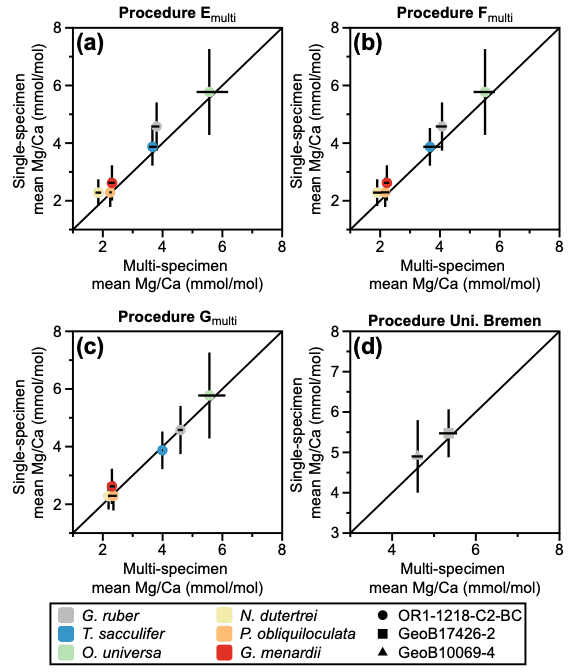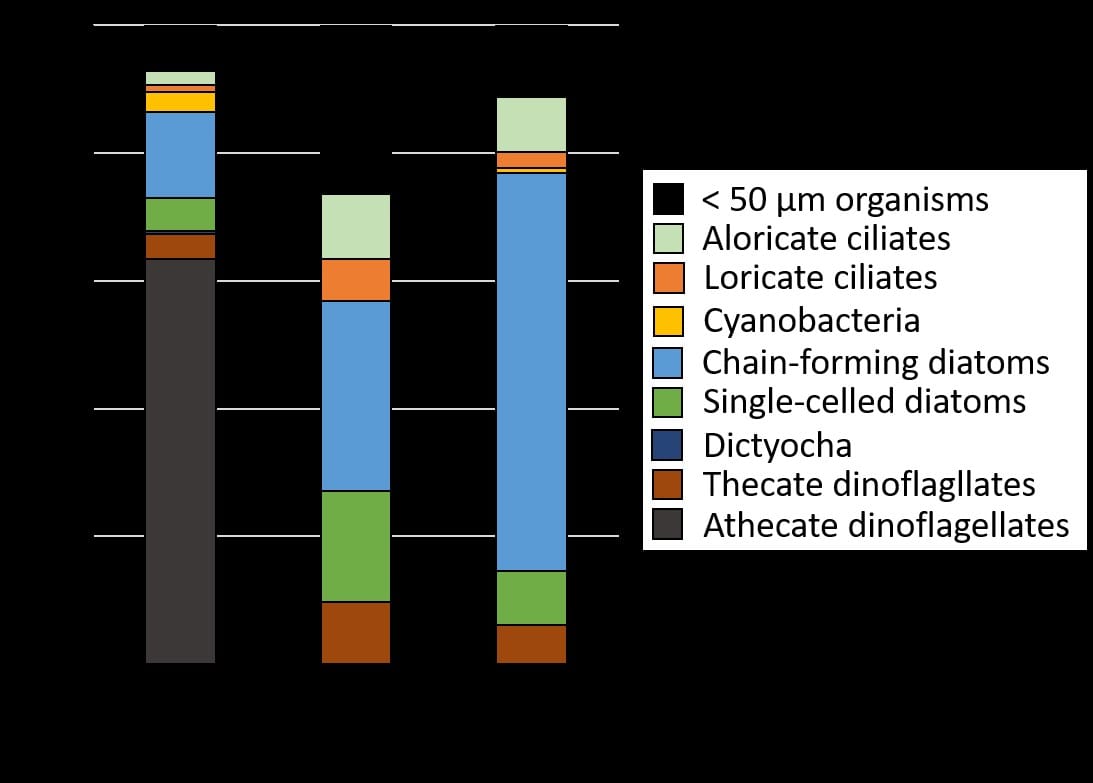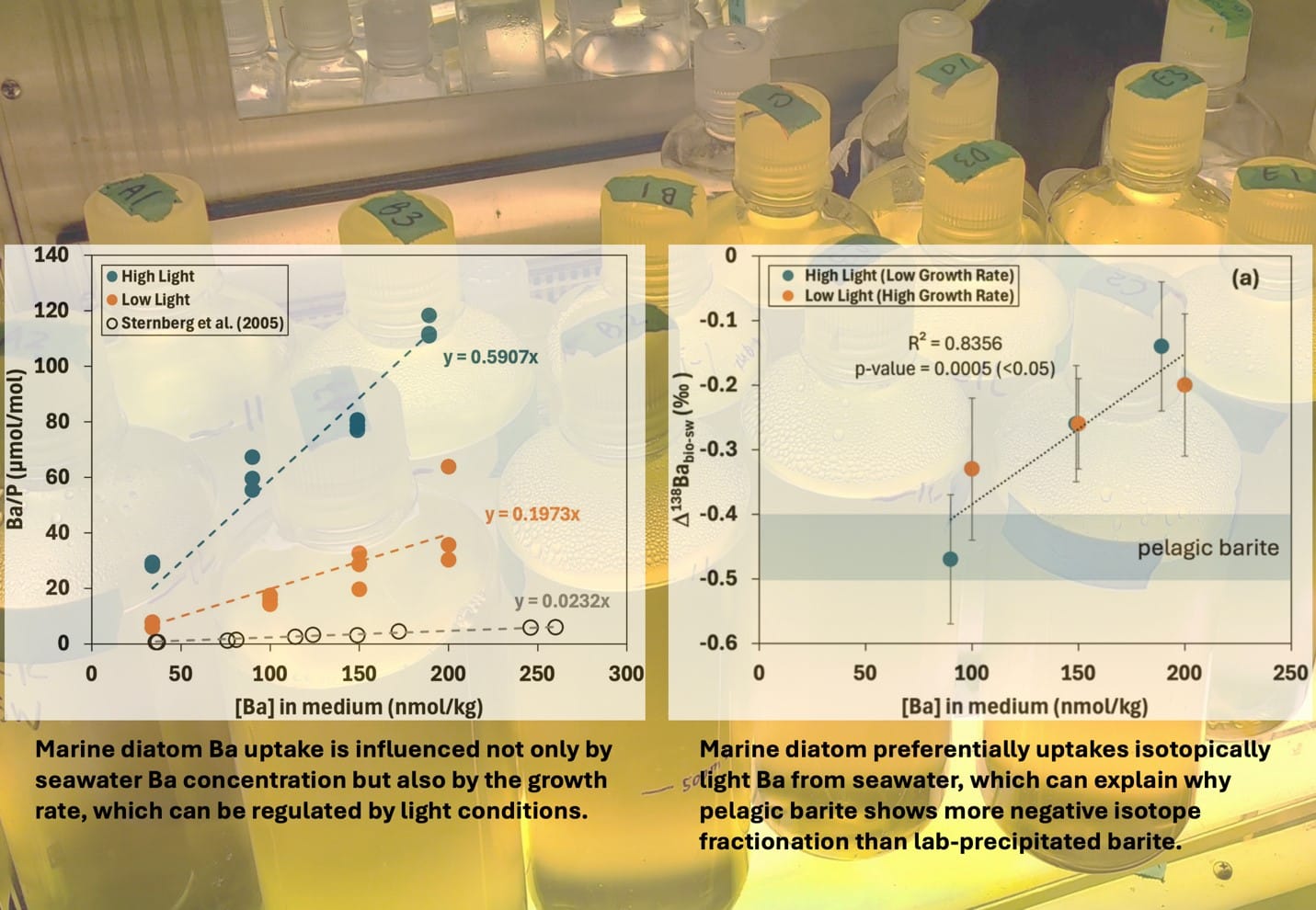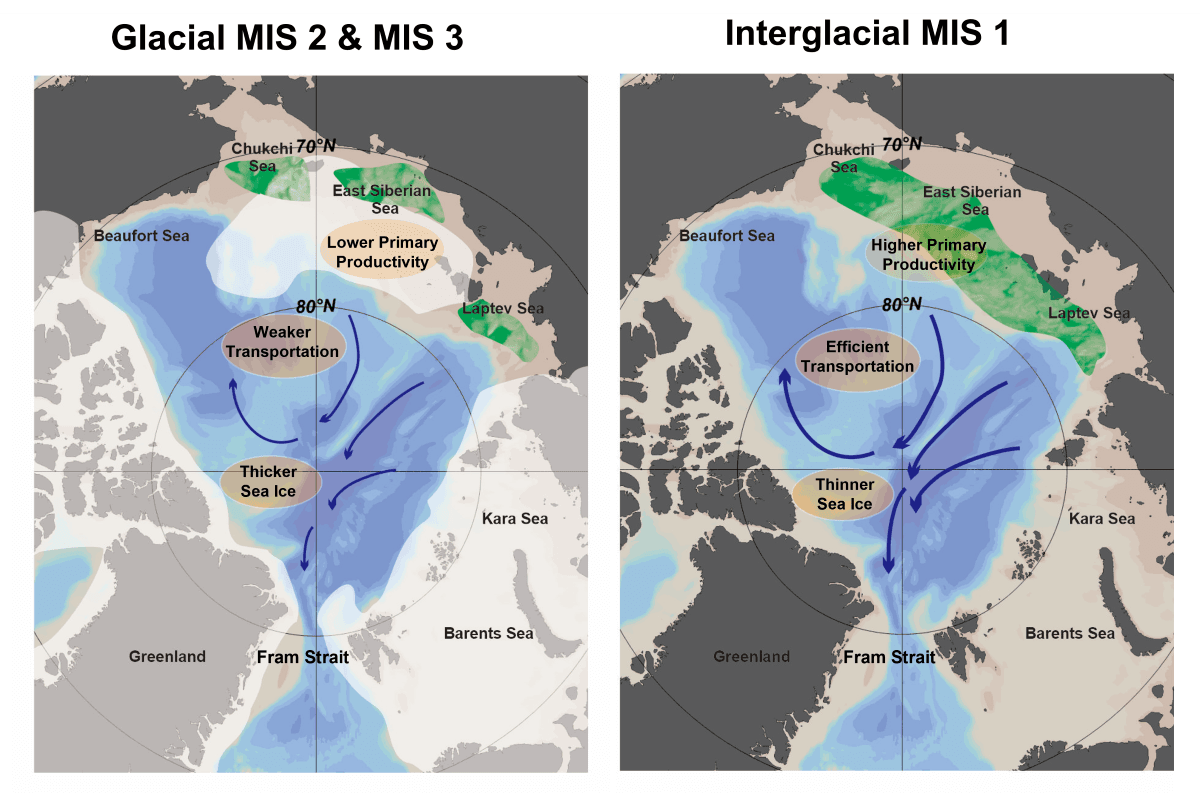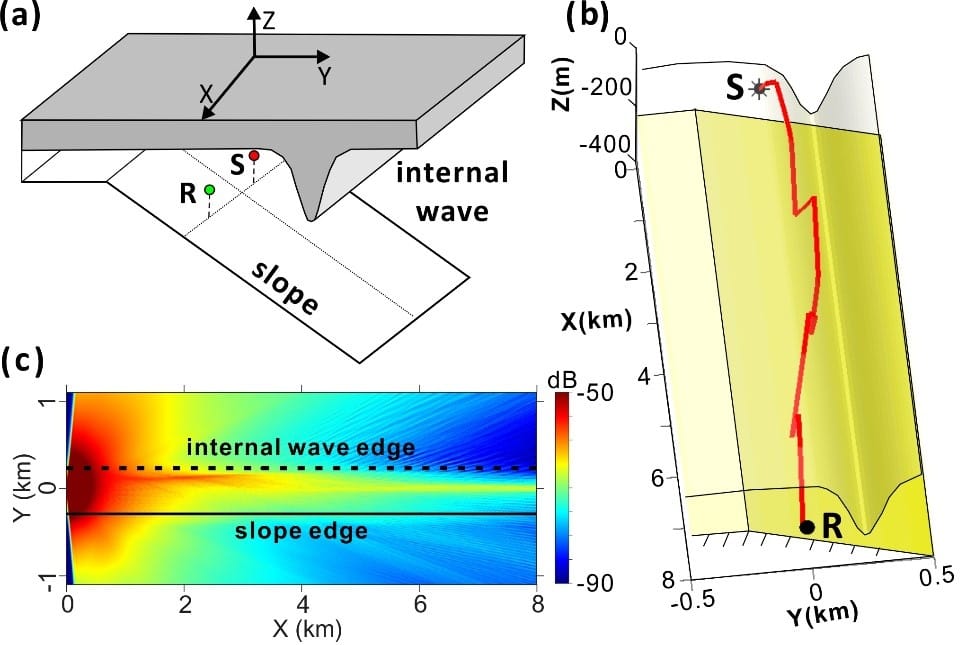Crustaceans play an important role in marine ecosystem and worldwide fisheries. Accurate and quantitative description of growth is crucial in modelling the demographics and fisheries stock assessment. The stepwise growth as a result of the moulting process and the lack of permanent calcified structures make the traditional approaches developed for finfish inappropriate for crustaceans. This study reviews the quantitative methods for modelling the growth of crustacean. A comparative example of different growth models was illustrated with four selected crustaceans: American lobster (Homarus americanus), Dungeness crab (Metacarcinus magister), blue crab (Callinectes sapidus) and pronghorn spiny lobster (Panulirus penicillatus). Various drivers in determination of the growth pattern of crustaceans were evaluated, including life history strategy and environmental stress.

Reference: Chang, Y. J., Sun, C. L., Chen, Y., and Yeh, S. Z., 2012. Modelling the growth of crustacean species, Reviews in Fish Biology and Fisheries, 22(1), 157-187.

